I am using a fisheye camera and I would like to calibrate it and correct its barrel distortion using OpenCV or any other library in Python. I have tried different methods using the classic chessboard pattern through different images.
I have been following this approach:
# Prepare object points, like (0,0,0), (1,0,0), (2,0,0), ...,(7,5,0)
object_p = np.zeros((self.__ny*self.__nx,3),np.float32)
object_p[:,:2] = np.mgrid[0:self.__nx,0:self.__ny].T.reshape(-1,2) # s,y coordinates
for image_filename in calibration_filenames:
# Read in each image
image = cv2.imread(image_filename)
image = cv2.cvtColor(image, cv2.COLOR_BGR2RGB) # RGB is standard in matlibplot
# Convert to grayscale
gray = cv2.cvtColor(image, cv2.COLOR_RGB2GRAY)
# Find the chessboard corners
ret, corners = cv2.findChessboardCorners(gray, (self.__nx, self.__ny), None)
# If found, draw corners
if ret == True:
# Store the corners found in the current image
object_points.append(object_p) # how it should look like
image_points.append(corners) # how it looks like
# Draw and display the corners
cv2.drawChessboardCorners(image, (self.__nx, self.__ny), corners, ret)
plt.figure()
plt.imshow(image)
plt.show()
# Do the calibration
ret, mtx, dist, rvecs, tvecs = cv2.calibrateCamera(object_points, image_points, shape, None, None)
And then this to correct my image:
cv2.undistort(image, mtx, dist, None, mtx)
The main problem is that, though correction performs good with some images, is very susceptible to camera location. A variation of cm in the camera will result in very different corrections (see below).


Any idea of how could I control this zoom effect to show maintain the grid area always in my corrected image?
I am aware that this question may be similar to the one in here.